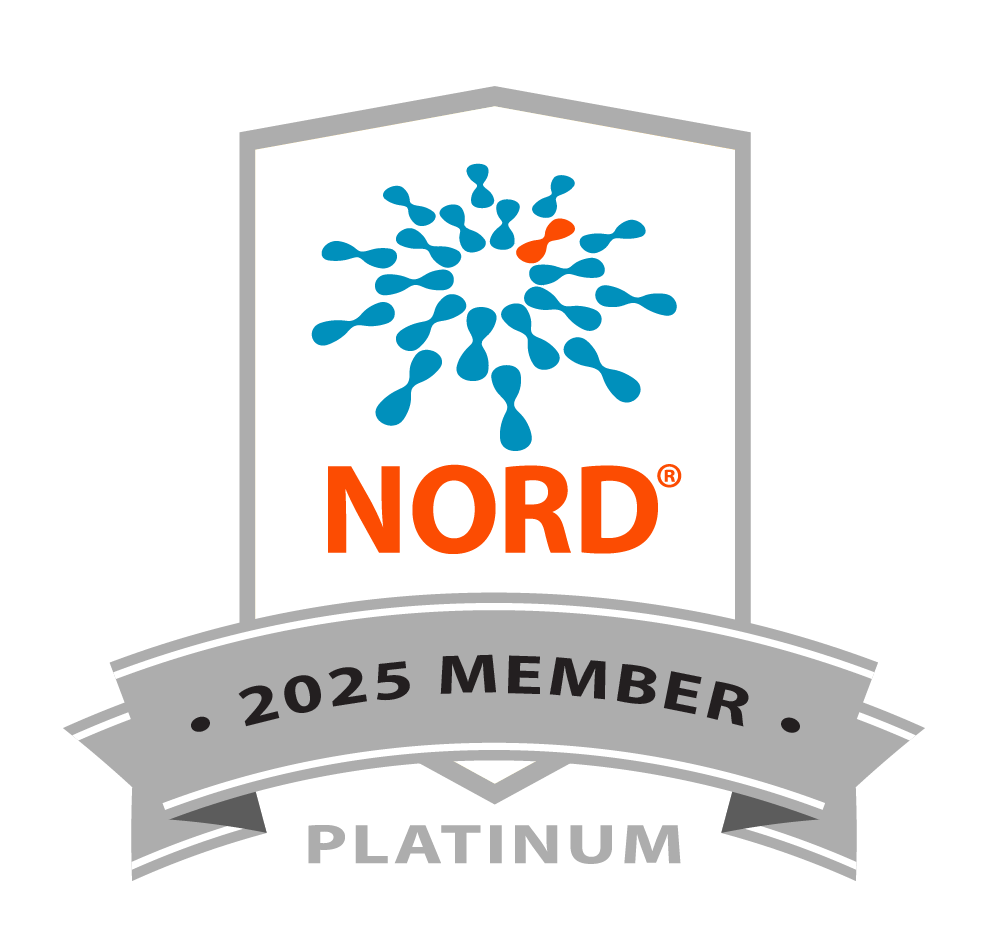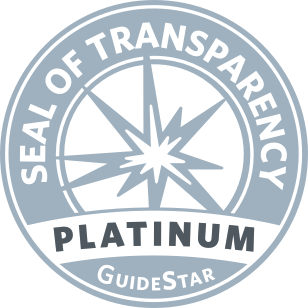Age-Related Macular Degeneration Research Advances
Research News
Recent developments in research on age-related macular degeneration.
GENENTECH’S SUSVIMO (PORT DELIVERY SYSTEM) REDCUES TREATMENT BURDEN FOR WET AMD
Genentech’s Susvimo, a permanent, refillable implant the size of a rice grain, provides continual delivery of an anti-VEGF treatment to the retina. In a Phase 3 clinical trial, a single PDS implant performed as effectively as six-monthly injections of Lucentis® (an FDA-approved anti-VEGF therapy). The PDS continually delivered a customized formulation of Lucentis for six months without being refilled. The primary outcome measure for the Phase 3 clinical trial was change in best-corrected visual acuity (measured by reading letters on an eye chart). Susvimo greatly reduces the burden of regular injections to treat wet AMD.
LUXA REPORTS VISION IMPROVEMENTS IN CLINICAL TRIAL OF RPE STEM CELLS FOR DRY AMD
Luxa Biotechnology reported encouraging results for six patients with dry AMD receiving a low dose (50,000 cells) of RPESC-RPE-4W, its proprietary retinal pigment epithelial stem cell therapy, in a Phase 1/2a clinical trial. Thanks to these results, the company has begun dosing patients with a higher dose of 150,000 cells. The three patients with worse vision in the clinical trial responded best to Luxa’s emerging RPE stem cell treatment. Their average best corrected visual acuity (BCVA) was approximately 32 letters (slightly better than 20/250) upon enrollment. At 12 months after receiving RPESC-RPE-4W, their vision improved an average of 21.67 letters to about 20/80. The RPESC-RPE-4W cell product is derived from adult human RPE stem cells that haven’t quite become mature RPE cells but whose fate is determined to produce RPE.
NUTRITIONAL SUPPLEMENT REDUCES RISK OF ADVANCED AMD
The Age-Related Eye Disease Study (AREDS) — a landmark investigation conducted by the National Eye Institute (NEI) — determined that antioxidant supplementation can slow the progression of AMD. The AREDS formulation is an over-the- counter antioxidant supplement recommended for people who are at risk of developing advanced forms of either dry or wet AMD. The formulation includes the antioxidants beta carotene, vitamin E, and vitamin C, as well as the nutrients zinc and copper.
The NEI recently completed a second AREDS study (AREDS2) to evaluate the potential benefits of the antioxidants lutein and zeaxanthin and the omega-3 fatty acids docosahexaenoic acid (DHA) and eicosapentaenoic acid (EPA). The results of AREDS2 showed that DHA and EPA did not confer additional benefit in reducing AMD risk. The researchers from AREDS2 did recommend that beta carotene in the original formula be replaced with lutein, because beta carotene can increase lung cancer risk in current and former smokers. For more information on the AREDS2 study, visit www.areds2.org.
A new analysis of data from the National Eye Institute’s (NEI) Age-Related Eye Disease Studies (AREDS and AREDS2) has shown that the AREDS nutritional supplements slowed the progression of geographic atrophy (GA), the late-stage of dry age-related macular degeneration (AMD) which is also known as geographic atrophy (GA). For the majority in AREDS and AREDS2 who developed GA far from the fovea, the supplements slowed the rate of GA expansion towards the fovea by approximately 55 percent over an average of three years.
GENENTECH’S WET AMD TREATMENT VABYSMO IS INJECTED ONCE EVERY FOUR MONTHS
Genentech, a global biotechnology company and member of the Roche Group, has shown that VabysmoTM (faricimab-svoa) is effective for for the treatment of wet age-related macular degeneration (AMD) and diabetic macular edema (DME). The treatment is injected into the patient’s vitreous, the soft gel in the middle of the eye, as infrequently as every 16 weeks at an eye doctor’s office.
EYLEA™ PRESERVES VISION IN WET AMD WITH FEWER INJECTIONS
Regeneron’s wet AMD treatment, Eylea, blocks the development of unhealthy blood vessels that lead to vision loss. Regeneron reports that in clinical trials, Eylea treated wet AMD as effectively as
Lucentis, but with fewer eye injections. Genentech, maker of Lucentis, recommends monthly injections of their treatment. Regeneron, maker of Eylea, reports that their therapy can be injected every eight weeks after monthly dosing for the first 12 weeks of treatment. Eylea was approved by the FDA in November 2011.
REGENXBIO’S WET AMD GENE THERAPY MOVES INTO PHASE 3 TRIALS
REGENXBIO, a clinical-stage gene therapy biotechnology company, is conducting two pivotal, Phase 3 clinical trials for RGX-314, its gene therapy designed to halt the growth of leaky blood vessels that cause retinal degeneration and central vision loss in people with the wet form of age-related macular degeneration (AMD). In one study, the treatment is delivered via a subretinal injection. In the other trial, it is delivered by a suprachoroidal injection.
APELLIS’ SYFOVRE APPROVED BY FDA FOR DRY AMD (GEOGRAPHIC ATROPHY)
The biopharmaceutical company Apellis received FDA approval to market SYFOVRE®, a treatment for geographic atrophy (GA), the advanced from of dry age-related macular degeneration. Combined results from two Phase 3 clinical trials, DERBY and OAKS, showed that SYFOVRE (pegcetacoplan) reduced the growth rate of atrophic lesions associated with GA geographic atrophy (GA). SYFOVRE was the first treatment available for GA. An overactive complement system, a part of the innate immune system, is implicated in the retinal degeneration associated with AMD. SYFOVRE targets the C3 complement pathway.
ASTELLAS’ IZERVAY APPROVED BY FDA FOR ADVANCED DRY AMD (GEOGRAPHIC ATROPHY)
Astellas has received FDA approval for IZERVAY™ (avacincaptad pegol) for the treatment of geographic atrophy (GA) secondary to advanced dry age-related macular degeneration. The drug was developed by Iveric Bio, which was acquired by Astellas. The drug, a C5 complement inhibitor, slowed the progression of lesion growth in two Phase 3 clinical trials. An overactive complement system, a part of the innate immune system, is implicated in the retinal degeneration associated with AMD. IZERVAY targets the C5 complement pathway.
OCUGEN LAUNCHES MODIFIER GENE THERAPY CLINICAL TRIAL FOR ADVANCED DRY AMD (GEOGRAPHIC ATROPHY)
Ocugen has initiated a Phase 1/2 clinical trial of OCU-410, a modifier gene therapy designed to slow progression of the growth of lesions associated with geographic atrophy (GA). OCU410 is administered with a single sub-retinal injection that targets multiple pathways causing dAMD, including lipid metabolism, inflammation, oxidative stress, and complement activation.
RETINAL PATCH PERFORMS PROMISINGLY IN CLINICAL TRIAL FOR DRY AMD
Regenerative Patch Technologies, a company developing stem-cell-derived treatments for people with retinal diseases, has reported encouraging results for the first five patients with advanced, dry age-related macular degeneration (AMD) participating in a Phase 1/2a clinical trial for its therapy – a patch comprised of a layer of retinal pigment epithelial (RPE) cells on a synthetic scaffold. One patient in the trial had visual acuity improvement of 17 letters (about 3 lines on an eye chart) in her treated eye. Three patients had vision maintained in their treated eyes. Two had improved fixation. No evidence of safety issues with the treatment was observed.
OCTOBER 2025




